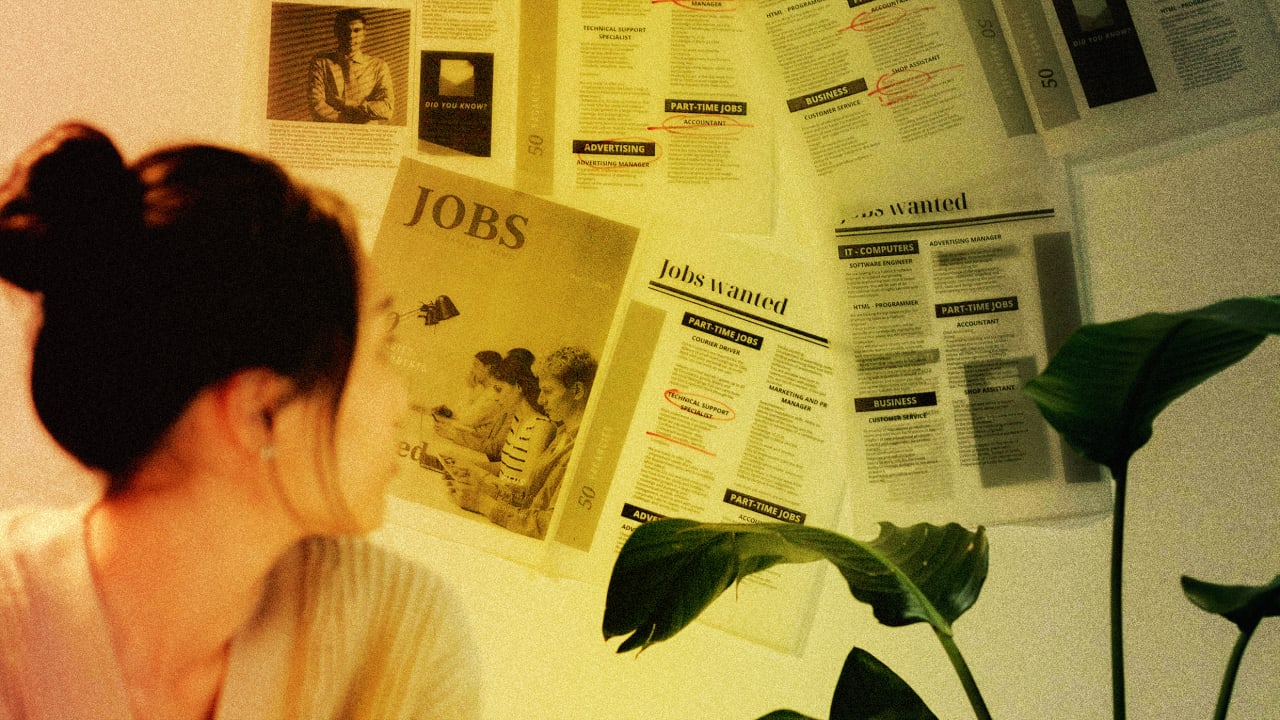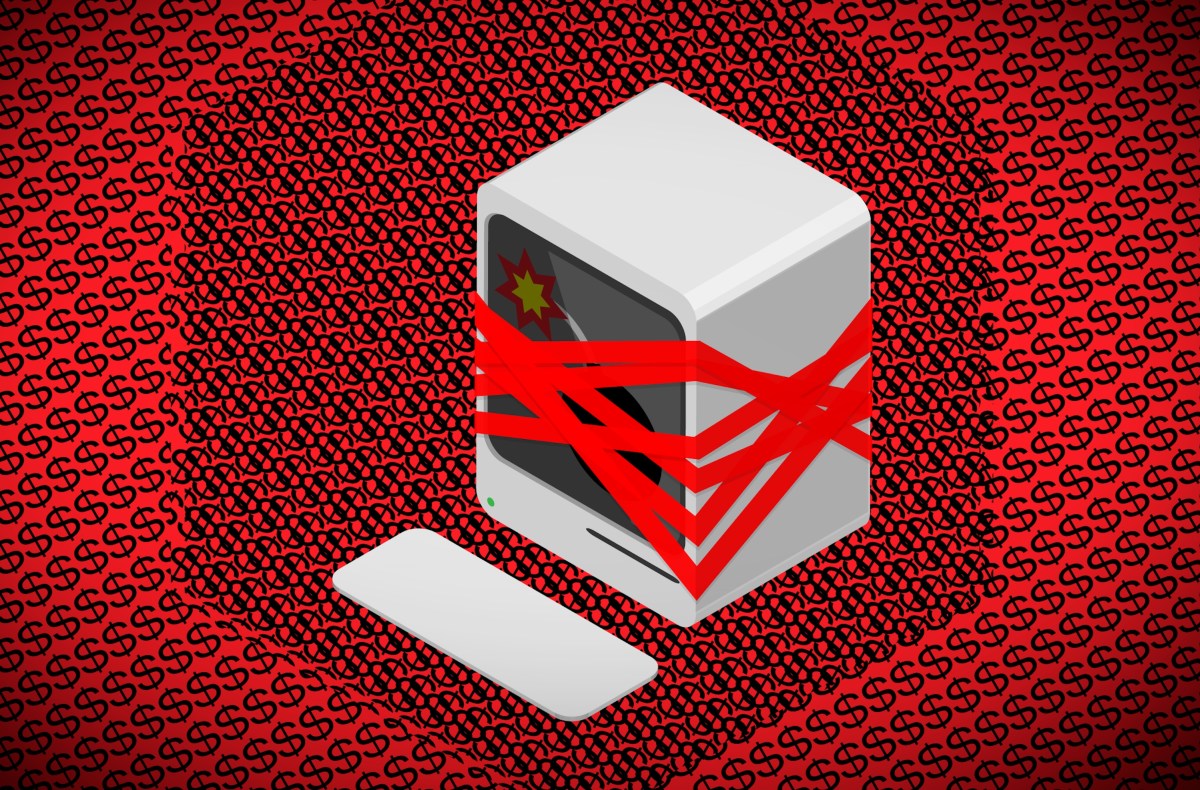Essential advice for landing your dream job
When you’re looking for a new job there’s a lot to figure out: What information should you include on your résumé and what do you need to trim? Is a cover letter really necessary? What are the best answers to the most common interview questions? Do you really need to send a thank you note?Fast Company contributor Judith Humphrey’s book The Job Seeker’s Script offers everything job seekers need to navigate all the unwritten rules of applying for (and hopefully landing) your next dream job. Here’s what she advises: Preparing for a job hunt Humphrey advises that before applying for any job, it’s important to focus your search so that you are only applying for jobs you really want. You don’t want to waste your time—and everyone else’s—by applying randomly for 200 jobs. That’s a reciprocate for frustration and a lot of ghosting. She suggests asking yourself these six questions before you start looking for a new job:1. Am I prepared to invest time?2. What are my skills and interests?3. Do I want a new direction?4. What kind of culture do I want to work in?5. What size company do I want?6. Will I be able to succeed there? What to include on your résumé Crafting a compelling résumé is a big topic but a good place to start is by breaking down what sections to include and what should go in those sectionsHumphrey calls the résumé the “key to the kingdom,” or the most important “script” a job seeker creates. In her book she outlines a six-step approach for creating the best attention-getting résumé: Step 1: Provide contact information and name in bold 18-24 sized type. This could include your phone, city, LinkedIn profile, and website (if relevant). Step 2: Create your summary statement. This is ideally one sentence. Ask “What’s the one compelling message I want to get across about myself?” Use active verbs. Step 3: Create a message for each job you’ve held. This should also be one strong sentence. Use active verbs for each job you’ve held and ensure these messages align with your summary statement. Step 4: Create a set of bullet points under each job. All should all begin with strong verbs (“led,” “built,” “earned,” “exceeded”) and include specific numbers that show your accomplishments.Step 5: Add any other sections, including education and skills.Step 6: Add keywords in a natural way. Reference specific skills and roles, but also keep in mind that Applicant Tracking Systems and AI prefer simple, clear writing and active verbs. (Abbreviations can also trip up these tools, so spell out things like MBA or CFA, just in case.) How to write a cover letter worth reading Cover letters can be controversial, as a lot of people think they’re pointless. In recent years there’s been a lot of talk about outsourcing cover letter writing to AI. But Humphrey believes cover letters are important and that job seekers should write one, even when they’re technically not required. She points out that 90% of executives consider cover letters valuable. Here’s why she advises writing a thoughtful cover letter: It gives you the opportunity to show your communication skills.It allows you to show your understanding of the hiring company and the job.It let’s you emphasize the strong connection between the job and your skills and background.Finally, it gives your application a personal touch. So, if you’re convinced that cover letters are important, Humphrey suggests using these four steps a knockout cover letter: Step one: Craft your opening line. It explains what you are applying for and your interest or excitement. Step two: Craft your message. It should inspire. Step three: Give the reasons you feel ready for this role. Step four: Conclude with a call to action or next steps. Nailing the interview If you’ve found a job that feels like a good fit, and written an impressive résumé and cover letter, hopefully you’ll land the interview. Here’s how to make a good impression. The biggest question people have is how to answer the most common interview questions. Here’s how Humphrey suggests answering the three most common questions:“Tell me about yourself.”“‘Tell me about yourself’ is tough because it is so open-ended,” Humphrey says. “Answering it well requires preparation. In fact, write out in advance your answers to all the questions you think you might be asked. Think about something that will equip you to handle the job and tell a story about that.” “What’s your biggest weakness?”“You don’t want a weakness that disqualifies you from a role,” Humphrey says. But there are two approaches that work: Use the question to talk about a weakness you are working on or discuss a weakness that is actually a strength.“Where do you see yourself in five years?”“Don’t say to the interviewer “’I want your job,’” says Humphrey. “But you can say, “’One of the things I really like about your company is the many opportunities for promotion. I could see myself in Job A ….or Job B….time will tell exactly how I’ll progr

When you’re looking for a new job there’s a lot to figure out: What information should you include on your résumé and what do you need to trim? Is a cover letter really necessary? What are the best answers to the most common interview questions? Do you really need to send a thank you note?Fast Company contributor Judith Humphrey’s book The Job Seeker’s Script offers everything job seekers need to navigate all the unwritten rules of applying for (and hopefully landing) your next dream job. Here’s what she advises:
Preparing for a job hunt
Humphrey advises that before applying for any job, it’s important to focus your search so that you are only applying for jobs you really want. You don’t want to waste your time—and everyone else’s—by applying randomly for 200 jobs. That’s a reciprocate for frustration and a lot of ghosting. She suggests asking yourself these six questions before you start looking for a new job:1. Am I prepared to invest time?2. What are my skills and interests?3. Do I want a new direction?4. What kind of culture do I want to work in?5. What size company do I want?6. Will I be able to succeed there?
What to include on your résumé
Crafting a compelling résumé is a big topic but a good place to start is by breaking down what sections to include and what should go in those sectionsHumphrey calls the résumé the “key to the kingdom,” or the most important “script” a job seeker creates. In her book she outlines a six-step approach for creating the best attention-getting résumé:
Step 1: Provide contact information and name in bold 18-24 sized type. This could include your phone, city, LinkedIn profile, and website (if relevant).
Step 2: Create your summary statement. This is ideally one sentence. Ask “What’s the one compelling message I want to get across about myself?” Use active verbs.
Step 3: Create a message for each job you’ve held. This should also be one strong sentence. Use active verbs for each job you’ve held and ensure these messages align with your summary statement.
Step 4: Create a set of bullet points under each job. All should all begin with strong verbs (“led,” “built,” “earned,” “exceeded”) and include specific numbers that show your accomplishments.Step 5: Add any other sections, including education and skills.Step 6: Add keywords in a natural way. Reference specific skills and roles, but also keep in mind that Applicant Tracking Systems and AI prefer simple, clear writing and active verbs. (Abbreviations can also trip up these tools, so spell out things like MBA or CFA, just in case.)
How to write a cover letter worth reading
Cover letters can be controversial, as a lot of people think they’re pointless. In recent years there’s been a lot of talk about outsourcing cover letter writing to AI. But Humphrey believes cover letters are important and that job seekers should write one, even when they’re technically not required. She points out that 90% of executives consider cover letters valuable. Here’s why she advises writing a thoughtful cover letter:
- It gives you the opportunity to show your communication skills.
- It allows you to show your understanding of the hiring company and the job.
- It let’s you emphasize the strong connection between the job and your skills and background.
- Finally, it gives your application a personal touch.
So, if you’re convinced that cover letters are important, Humphrey suggests using these four steps a knockout cover letter:
Step one: Craft your opening line. It explains what you are applying for and your interest or excitement. Step two: Craft your message. It should inspire. Step three: Give the reasons you feel ready for this role. Step four: Conclude with a call to action or next steps.
Nailing the interview
If you’ve found a job that feels like a good fit, and written an impressive résumé and cover letter, hopefully you’ll land the interview. Here’s how to make a good impression. The biggest question people have is how to answer the most common interview questions. Here’s how Humphrey suggests answering the three most common questions:“Tell me about yourself.”“‘Tell me about yourself’ is tough because it is so open-ended,” Humphrey says. “Answering it well requires preparation. In fact, write out in advance your answers to all the questions you think you might be asked. Think about something that will equip you to handle the job and tell a story about that.” “What’s your biggest weakness?”“You don’t want a weakness that disqualifies you from a role,” Humphrey says. But there are two approaches that work: Use the question to talk about a weakness you are working on or discuss a weakness that is actually a strength.“Where do you see yourself in five years?”“Don’t say to the interviewer “’I want your job,’” says Humphrey. “But you can say, “’One of the things I really like about your company is the many opportunities for promotion. I could see myself in Job A ….or Job B….time will tell exactly how I’ll progress.’”
Sealing the deal with a thank you note
Much like the cover letter, there’s a lot of division over the tradition of sending a thank you note after an interview. But many hiring managers say that it makes a good impression and can even be the deciding factor between two candidates.Humphrey says a thank you note should start off with a statement of appreciation. Then it should move to your message: how you loved the discussion, or feel ever more excited about working for that company. Reinforce the message with a few proof points and end with a call to action, or what you’d like to see as next steps in the hiring process.






















